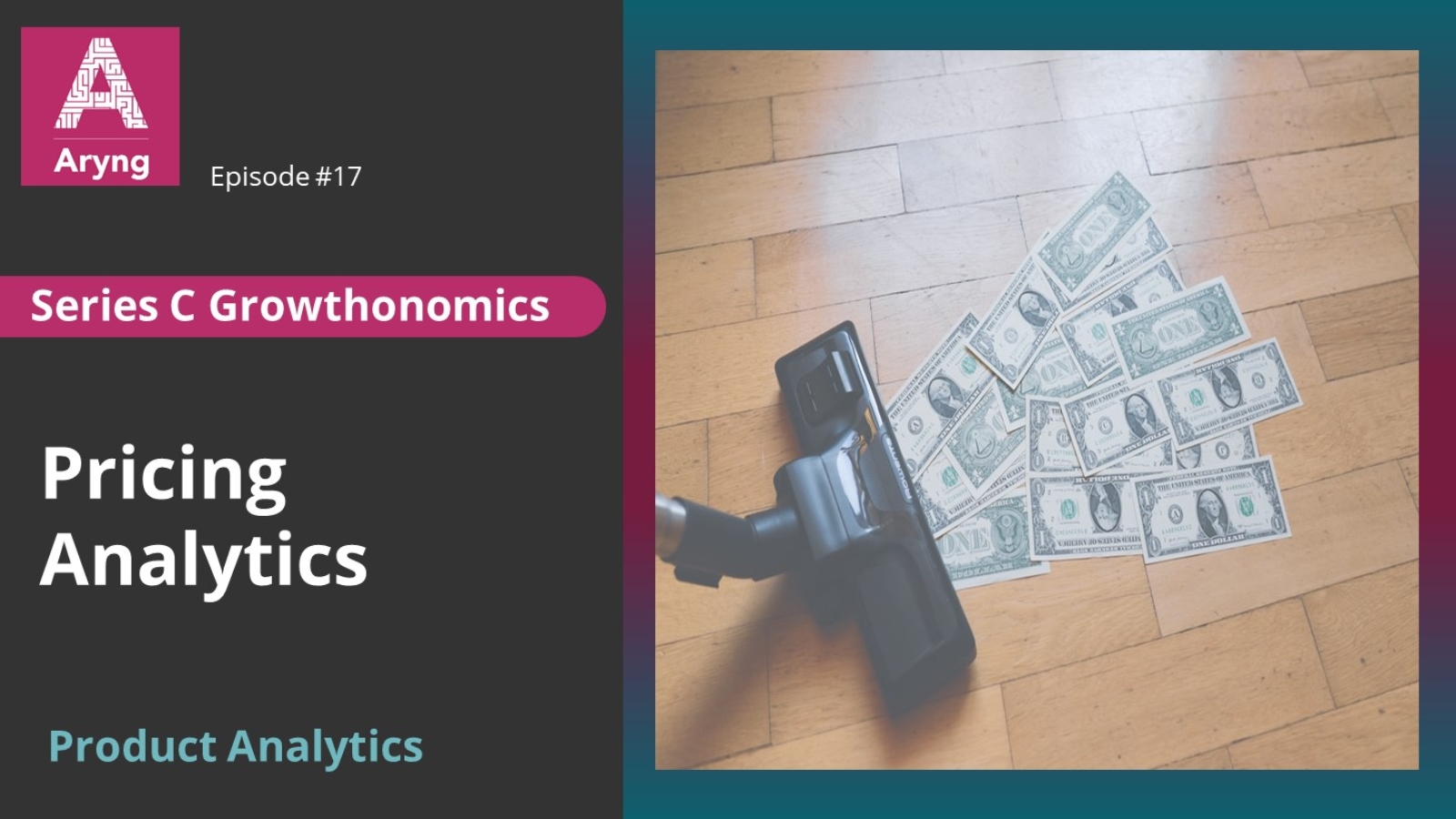Say you need to book a flight ticket. You go to your favorite website, put your preferences in the search bar, and hit the search button. You obtain the list of flights with their prices. In such a case you often notice that the prices of many flights are absolutely the same. If you also check on another booking website, you will find that the prices would be quite similar. Also, the prices change with every hour. On top of that, the prices are different for weekends versus weekdays. Ever wondered how these flight aggregators can set up these pricing and even maintain consistency with other aggregators?
This is all done using pricing analytics. And in this blog, I will try to cover this topic in the highest and simplest manner to give the top line on each subject. There are nuances here but I am sure you will get the idea.
Now, there are two broad categories of pricing – static and dynamic pricing. The analytics of each of them is quite different. Let’s start with the static pricing.
Static Pricing
Let’s say there is a freemium app which means that the app is free to install and use with limited features and a paid component with higher features. The paid component may have a basic and a premium plan. The basic plan might cost you $2.99 and the premium plan might cost you $9.99. This kind of pricing is usually one time and is called static pricing.
There are lots of factors that go into the decision-making process of the product pricing in such a case. The 5 most important factors are the following:
Competitive Pricing
This is probably the most important factor when it comes to pricing. I don’t need to even talk about this because most companies are already using it to price their products at par with the competitors. But this is not the only factor to consider.
Brand Perception
Competitive pricing should also be clubbed with the perception of your brand against the competitors. Brand perception is necessary to give you a fair idea of where your price should be as compared to your competition. If your brand perception is better then you don’t want to keep the money on the table by pricing your product the same as the competition.
Qualitative Analysis
Amid all the data and data analysis, it is equally important to also listen to our customers. And qualitative surveys help us to get those insights. If the surveys are set up right then you can get unbiased reviews of how the customer thinks and feels about your product.
Behavioral Economics
The study of human behavior reveals that human decisions especially in the context of money can prove to be quite irrational. You can use some of the concepts of behavioral economics to influence customer decisions. You can read more about this subject in our blog – How to make use of Behavioral Economics while designing your Experiments.
A/B Testing
Even after considering the above four parameters in your product pricing, you will have questions like, how do people perceive your premium pricing compared to basic? How do people perceive your product price versus your competitors? How is your basic plan compared to the free plan? Will your free users be interested in upgrading to a basic plan at the set price point? All these questions are answered through A/B testing. A/B testing also helps evaluate the discount offers and reward system that works for you.
Not all products need fixed pricing. Some products may require price to change depending on various factors. So, let’s discuss dynamic pricing.
Dynamic Pricing
In the last blog, we took an example of a hotel booking website and app called “easybookings”. It was having a search bar that is used to search the hotel listings depending on the user’s preferences. Now let’s say I am traveling to Hawaii. I need a room with an ocean view and I want to stay on the Kahului side. So, I put these search parameters in the search bar and I get some hotel listings. The first property on the list is Hyatt, which has an ocean view, a double bed, and is 500 sqm. The second property on the list is a 3-star hotel and the list continues.
The important point to note about the pricing of these hotel listings is, that they are all dynamic pricing. This type of pricing is usually comparable to the pricing of the competition. They usually change based on the day of the week, season, advanced booking, etc. So, how do the companies achieve the dynamic pricing which may change with every search?
Dynamic pricing uses predictive or advanced analytics. It not only uses internal data but also uses external competitive data. Within the industry, some companies sell aggregated data at the property, feature, and day levels. You will use this external data and marry it with the internal data to produce the relevant features. These relevant sets of features will be fed into the model built using machine learning or advanced analytics to generate the hotel pricing on the go. In a lot of places where you have enough data, the problem of dynamic pricing is solved using machine learning and neural networks. This is also a good application where you would build a backend app to support real-time machine learning which means as soon as you hit a search and when the listing is getting pulled, the pricing gets generated.
Apart from predictive/advanced analytics, dynamic pricing also involves lots of A/B testing. You may run a test where you find that you can win the clients even when you are priced at 5% more than Experion but you may not win clients even if you are 5% less than Google. These kinds of insights come from A/B testing. As you can see now, it is not always about the lowest price. Depending upon your brand perception, people may be willing to pay 5% more than some other brand. So, always take that into account and keep experimenting to know what works for you.
Conclusion
There are broadly 2 categories of pricing. One is static pricing which is commonly used in subscription types of models and the other one is dynamic pricing which is used in SKU level, keyword pricing, etc. Most businesses still use the traditional static pricing model using aggregate analysis to figure out the pricing and say that since their competitors are charging $2.99 so they will charge the same. But this may not be the correct approach to do the pricing. Depending on your brand perception, you might be worth $5.99 instead and you don’t want to leave the money on the table. And it is not just the brand perception and competitive pricing that affects your product pricing but also the qualitative analysis, behavioral economics, and A/B testing affects the static pricing. On the other hand, dynamic pricing often uses predictive analytics to get real-time prices with the help of internal as well as external data. I hope now you have a better idea of how analytics can help you do optimal pricing. Check out our next blog on metrics that matter where you will learn about the metrics that are most commonly used in products and what are the most important ones.


[…] the product pricing. And since pricing involves the usage of both internal and external data, pricing analytics often uses advanced analytics and machine learning to come up with the best […]